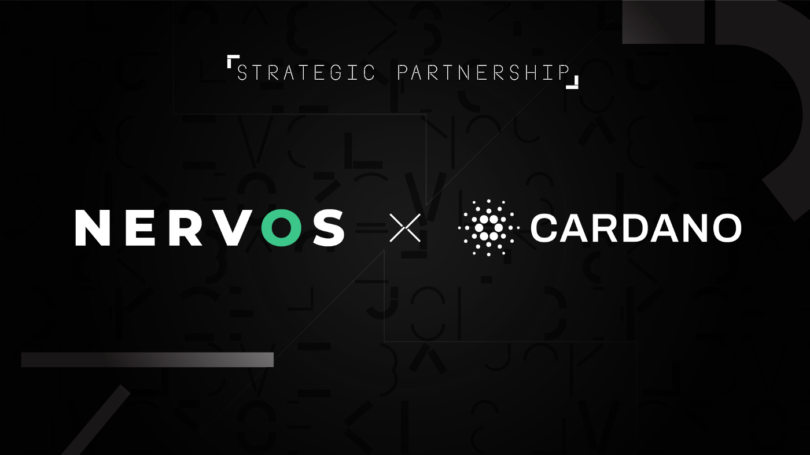We’re pleased to announce Nervos has entered into a long-term partnership with global blockchain engineering company IOHK aiming to reduce the security risks that smart contracts present to the growing DeFi space. In the first phase of the partnership, the two blockchains will conduct joint research around UTXO ledgers and smart contracts to develop an improved framework for other UTXO-based blockchains, further enhancing the security, scalability alternative to Ethereum’s account model.
Both the UTXO and account models are accounting methods for keeping track of a user’s assets and transactions on a blockchain. Like the differing Proof of Work and Proof of Stake consensus algorithms, the two models serve a similar purpose but have stark differences that impact smart contract security, which is particularly important for DeFi projects, which have lost $100 million to hackers in this year alone. The partnership between Nervos and IOHK marks the first collaborative effort to expand on the existing UTXO model and drive greater adoption in the blockchain industry.
Romain Pellerin, Chief Technical Officer at IOHK, said,
“The Cardano and Nervos communities are working on similar research streams to offer robust smart contract technologies, native token standards, cross-chain asset transfers, and novel crypto primitives. It may be surprising to see PoW and PoS initiatives join forces, but we believe that our industry must collaborate more if we want blockchain technologies to be adopted widely.”
UTXO vs. Account Model
UTXO, or Unspent Transaction Output, refers to the number of digital assets a user has left from making a transaction which can then be used in a new transaction. Unlike the account model used by blockchains like Ethereum which keeps track of the balance of a user’s account as a global state, a UTXO model keeps a receipt-like track of a user’s unspent transactions across all their accounts, making it easier to authenticate transaction sequences, prevent double spending, and maintain overall security.
Furthermore, the UTXO model enables parallel processing to scale computation, while the account model only allows for serial processing, or one transaction to be processed at a time. Simply put, UTXO is a verification model whereas the account model is a computational one. Bitcoin famously uses the UTXO model, as do Nervos and Cardano.
Kevin Wang, co-founder at Nervos, said,
“UTXOs are superior to account models in many ways and provide improved security, privacy, and scalability, all of which are critical for DeFi. By working with IOHK to further develop and define UTXO standards, we’ll continue to provide a secure alternative for the broader blockchain industry.”
Advancing the UTXO Model
The recent DeFi surge has surfaced vulnerabilities in blockchain protocols and smart contracts, many of which are at risk of hacks and double spend attacks. By advocating the UTXO model, Nervos and IOHK aim to create a more secure and sustainable infrastructure for digital assets.
To further the development of UTXO, Nervos and IOHK will co-author research papers on the topic, open source future improvements, and explore the creation of a universal standard for UTXO models. The two projects will also form a global UTXO alliance with other leading UTXO-based blockchains to facilitate industry-wide collaboration across research, development, education, and more.
As we continue to make strides in our partnership with IOHK and Cardano, we’ll release more updates.
To stay updated on all things Nervos:
Join our community: Discord — Github — Nervos Talk Forum — Twitter
For discussions or questions join the conversation on Discord or check out one of our community Telegram channels: English, Korean, Russian, Japanese, Spanish, Vietnamese and Chinese
